Objectives of the service

Municipalities, agencies, and land managers increasingly face pressure to restore ecosystems, strengthen climate resilience, and comply with policy frameworks such as the EU Green Deal, CAP conditionality, and the Nature Restoration Law. Yet, they often lack access to reliable spatial data, technical expertise, and integrated tools to plan, monitor, and report on regenerative land use. Fragmented responsibilities, limited GIS capacity, and difficulty accessing climate funds further constrain action.
The proposed service directly addresses these challenges by transforming satellite Earth Observation, soil, and climate datasets into an intuitive digital platform tailored for non-technical users. Through a web-based dashboard, municipalities and public institutions can visualize land-use dynamics, assess soil health and water retention, and track restoration outcomes against regulatory and funding requirements. Built-in modules support grant applications and compliance reporting, reducing administrative burden and unlocking external financing opportunities.
The solution will be delivered through a cloud-based, modular architecture that combines multi-sensor satellite inputs with localized data layers. Co-designed with municipal stakeholders, it ensures usability in local languages and adaptability to evolving policy indicators. In doing so, the service empowers decision-makers to implement regenerative land management at scale, creating measurable ecological and social benefits.
Users and their needs
Targeted user communities:
The service addresses institutional land-use actors in Europe (Czech Republic, EU) and India (Maharashtra and state-level agencies).
User groups:
-
Municipalities and city governments – responsible for climate resilience, restoration planning, and sustainability reporting.
-
Governmental land-use agencies – managing subsidy disbursement and compliance monitoring.
-
Extension services, land banks, research institutes – supporting farmers with diagnostics and training.
-
River basin and watershed authorities – addressing erosion, sediment control, and water retention.
-
Regional environmental protection agencies – tracking degradation and restoration outcomes.
Their needs:
-
Simple, intuitive digital tools for staff with limited GIS capacity.
-
Consistent soil, climate, and vegetation data to inform decisions.
-
Policy-aligned indicators for EU and Indian frameworks.
-
Evidence to demonstrate ecological outcomes and meet reporting duties.
-
Local language interfaces to ensure wide adoption.
Challenges for the project:
-
Balancing simplicity for non-technical users with scientific robustness.
-
Adapting to diverse policy and funding frameworks.
-
Ensuring trust through validated accuracy and transparent indicators.
-
Maintaining affordability for municipalities with limited budgets.
Service/ system concept
Capabilities and system description:
The service supplies users with clear, actionable information on land condition and regenerative potential. Through a web-based dashboard, APIs, and exportable reports, users can access indicators on biomass productivity, soil properties, water retention, and climate variability. Additional modules provide yield and cash-flow estimation, regenerative agriculture potentials, and scenario-based planning tools.
The system architecture combines multiple inputs: geographical polygons, agromanagement data, and municipal regions of interest. These are enriched with satellite imagery, soil databases, and meteorological archives. Measurements and modelling frameworks process these inputs into consistent datasets.
A digital training framework and modular analytics convert raw data into key indicators — including biomass growth, soil adaptation potentials, green water balances, and weather/climate metrics such as consecutive wet/dry days or growing degree days. Outputs are organized into training modules, supporting both technical users and non-experts.
In simple terms: the tool takes satellite images, soil and weather data, and user-defined polygons, processes them through a structured modelling and training framework, and delivers results as dashboards, scenarios, and standardized reports. This enables municipalities and land managers to base their decisions on reliable, science-based information.

Space Added Value
The service uses satellite Earth Observation only—primarily ESA Sentinel-1/2/3 (SAR + optical) and the Landsat collection. No satellite communications, GNSS, AIS, or human-spaceflight technologies are employed.
Combining SAR (Sentinel-1) with optical (Sentinel-2/3, Landsat) provides continuous, gap-free monitoring by mitigating cloud cover through multi-sensor data fusion, producing consistent time series for land and vegetation dynamics. The datasets offer 5–10 m spatial resolution with frequent revisit; pilots confirmed suitability at 10 m and demonstrated practical ingestion at regional scale via open Copernicus access and APIs.
On top of EO, the platform integrates ancillary soil (SoilGrids) and climate layers (Copernicus Climate Data Store) in a cloud architecture using COG/STAC pipelines, enabling low-latency, interactive dashboards at scale.
Added value vs. current methods/competitors:
-
Timeliness & continuity: multi-sensor EO outperforms single-sensor or manual GIS workflows under persistent cloud and variable revisit.
-
Reliability: ML models for land use/vegetation exceeded 80% accuracy, validated with 200+ ground-truth points, strengthening trust versus ad-hoc mapping.
-
Scalability: proven regional-scale ingestion/processing with robust latency supports operational use across EU and India.
Current Status
The project successfully co-designed and validated its prototype with five municipalities in the Czech Republic, supported by the City of Prague and the Institute of Planning and Development, and engaged Indian stakeholders including the National Commissioner for the Sugar Industry. A functional dashboard and API were developed, enabling map visualisation, indicator retrieval, and PDF export. Ground-truthing of more than 200 validation points confirmed classification accuracy above 80%.
Workshops and usability sessions with municipal officers confirmed that default indicators, export-ready templates, and multilingual support are critical for adoption. Two Letters of Intent were signed, and a pipeline of around ten early adopters has been identified across Europe and India.
Next steps include transitioning pilots into paid contracts, expanding indicator sets and local-language support, and preparing onboarding materials to enable wider roll-out.






